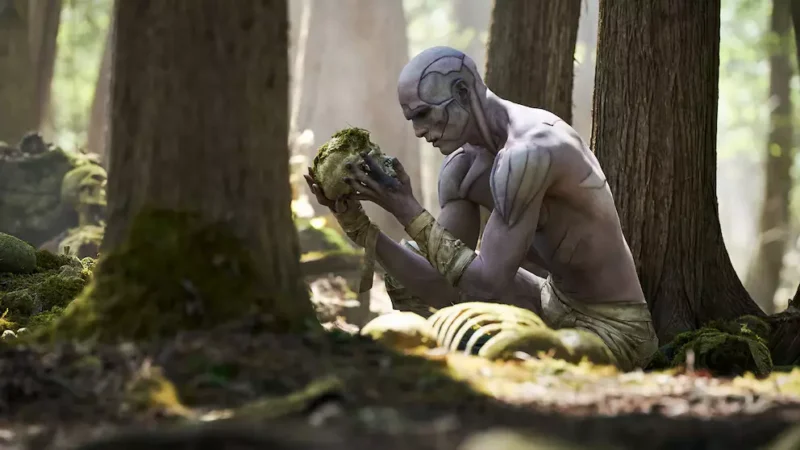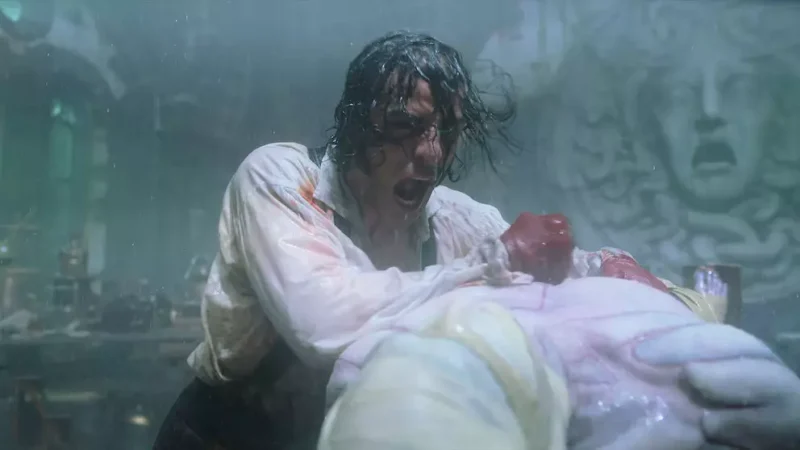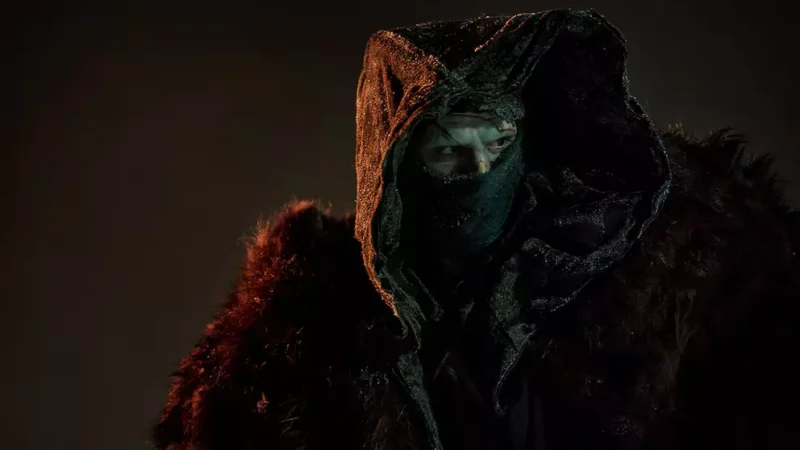It was during a school trip to the countryside, when I was in eleventh grade, that I read Mary Shelley’s novel Frankenstein. I swear the story captivated me with its impeccable and improbable narrative.
I had seen the black and white film made by Hollywood producers. Like all productions of that era, but now I had before me the novel. Which had come into my hands thanks to a loan from my classmate Reynaldo Lázaro Mastrapa, who had just finished reading it.
The truth is that the monster never had a name throughout the novel. But while researching for this article, I learned that its author named it Adam. Although the character of Dr. Victor Frankenstein called it the creature.
This novel had such a global impact that Frankenstein has its own World Day on August 30th. Coinciding with Shelley’s birthday, which was in 1797. While the novel hasn’t been republished in Cuba, it has returned to the international cultural scene thanks to Guillermo del Toro’s recent film. Which reinvented Frankenstein and humanized him as a monster.
Since its release on November 7th, Guillermo del Toro’s Frankenstein has remained in Netflix’s Top 10 worldwide. According to a post on the film’s official social media account.
The film stars Oscar Isaac, Jacob Elordi, Mia Goth, and Christopher Waltz. The story is presented as the Mexican filmmaker’s vision of this book, which raises conflicts still very much present in today’s society: loneliness, abandonment, and the ethical limits of science.

The film follows Dr. Victor Frankenstein (Isaac), who decides to defy death and create life from a creature (Elordi) made from parts of corpses. However, the scientist’s attempt to play God and his lack of responsibility for his creation will lead to a series of fatal consequences
The film stands out for Jacob Elordi’s performance. Who offers one of the most human and sensitive portrayals of the creature. As well as for Dan Laustsen’s cinematography and Kate Hawley’s costume design. Also which successfully convey the gothic atmosphere of Shelley’s work through lighting and clothing.
In this reinterpretation of Mary Shelley’s most famous novel, Guillermo del Toro revisits one of his recurring themes from other films. Such as The Shape of Water (2017) and Nightmare Alley (2021): the humanization of monsters and the monstrous side of humanity.
A distinctive element of the film is the inclusion of a quote from Lord Byron at the beginning and end of the story. The phrase, taken from the narrative poem “Childe Harold’s Pilgrimage,” published around the same time as Shelley’s novel, appears on screen as a tribute to the work’s literary roots.
Byron, a friend of Mary Shelley and her husband Percy Bysshe Shelley, played a fundamental role in the creation of Frankenstein. During a rainy summer, he challenged his circle of friends to write a ghost story.

From that challenge emerged Mary Shelley’s novel. Considered by many to be the first work of science fiction with Gothic undertones.
The quote from Byron not only acknowledges the poet’s direct influence on the novel’s creation but also underscores the “Byronic” character of Victor Frankenstein. A melancholic, arrogant, and cynical protagonist, yet capable of intense love, which has made this archetype a touchstone of popular culture.
But now, across time, the film Frankenstein marks the beautiful return of the myth from a novel to world-class cinema, bearing the mark of Guillermo del Toro.
- Frankenstein, the beautiful return of the myth from novel to film - 25 de November de 2025
- Parasocial, the word of the year 2025 - 19 de November de 2025
- Resilience: The Process of Adapting to Adversity - 12 de November de 2025

